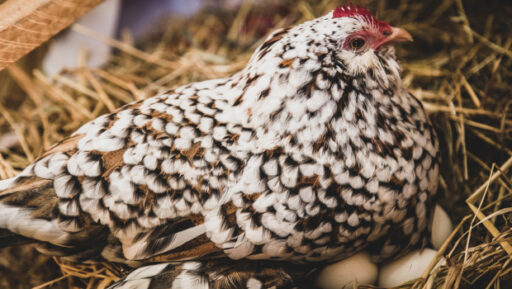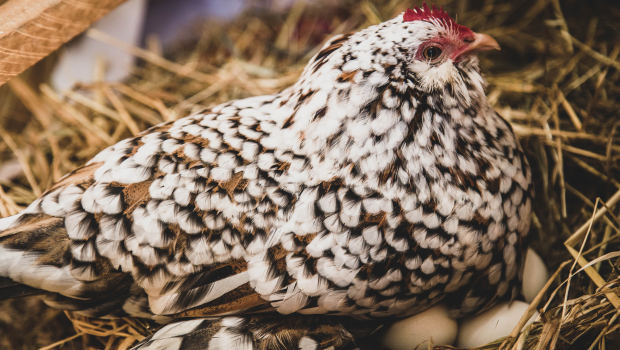Annemarie Bolduc @bottleandbrushstudio
Bantams are smaller than your standard chooks but bursting with personality. They are available in a range of breeds, so you can choose birds as household layers, family pets or living garden ornaments, or to be your helpers in the permaculture garden.
In a mixed flock, it’s often a bantam hen that becomes top chook – they can be feisty. Bantams are hardy, tend to live longer than large fowl, and generally get less stressed by heat as their small bodies handle it better – fluffy breeds aside, of course.
Miniatures versus true bantams
Many large or ‘standard’ bodied pure breeds have a miniature or bantam counterpart. These retain all the qualities of the large breed, simply scaled down.
However, there are also a few breeds that only come in a bantam option, and these are known as true bantams. They include Belgians, Sebrights and Pekins.
In addition, to confuse us, a few fowls fall into the large category, but are quite small bodied, such as the Silkie; while sometimes referred to as the Silkie bantam, it is a large breed. There is a Silkie bantam form but it’s rare in Australia.

Economical layers
The number one advantage of bantams is that while they are less than half the size of a large fowl, and eat half the feed, their eggs are around two-thirds the size of an average chook egg, so they are highly economical.
The number of eggs per year depends on the breed: Slim-bodied utility breeds tend to lay more eggs a year than fluffy or ornamental types. Of course, individual health and diet also plays a role in egg production.
Bantam eggs tend to have a larger proportion of yolk to white, making them slightly more nutritious. When using them in recipes, be guided by weight: a standard egg is 60g, a bantam one about 40g. I generally use two bantam eggs for one standard egg in a recipe, and three bantam eggs for two standard eggs.
This information comes from a feature Jessamy Miller wrote for our Early Winter issue (OG 141). Get a copy of the issue here!

By:
Jessamy Miller
First published: May 2023
Last modified: April 2024







